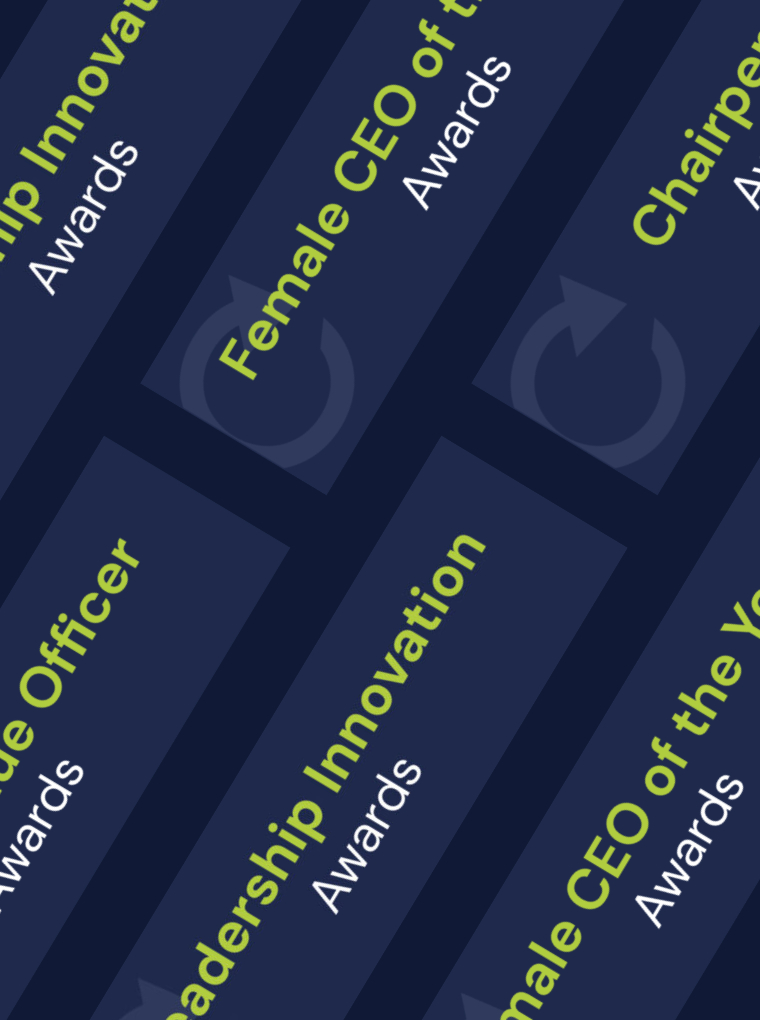How to Become a CEO
A CEO is the most prestigious title you could ever have in the business world. CEO is the Chief Executive Officer and they have the most responsibility out of everyone in a company. There are many roles that a CEO must fulfill and it’s the decisions you make within them that ultimately impact the business. If you feel you’re up to the task, then you’ve come to the right place. In this article, we’ll be going over everything you need to know about becoming a CEO.
You Need to be Well-Educated
Being a CEO is a lot more complicated than it appears. It’s more than just simply leading a business. You need to have a comprehensive education beforehand. A CEO position could require either a bachelor’s, master’s, or Ph.D. in business. Preferably, you want to participate in a field, like economics, accounting, or business administration. However, you can also have a degree in either law or science as well. You might be wondering how getting an education in a field not related to business can help you get become a CEO. While the education is required, it’s ultimately the experience you have that matters. Most CEOs have a lot of experience under their belt. In fact, to qualify for the position, you need to have at least five years of management experience.
Get the Cash Flowing
One of the main priorities of every CEO is to ensure a cash flow and keep it going. If you’re the CEO of a small business, however, this can be a little difficult. Small businesses in particular have a hard time gaining a cash flow as they’re just starting out. A great way start a cash flow is to take out a small business loan. A small business loan can provide you the money you need to get everything up and running.
Furthermore, small business loans can come in various sizes, so they can be used for just about any situation. They may also come with additional benefits provided by the lender. You might be given access to a support network in both English and Spanish. You may also be provided with educational resources to make your role easier. Some lenders can also allow for coaching to get you into the swing of things and avoid commonly made mistakes. Granted, these benefits do depend on the lender. Not every one offers the same benefits. Make sure to call ahead and ask before applying.
Brush Up on Your Skills
Having the entire company resting on your shoulders and needing to be able to build a high performing team is a massive responsibility. As such, you want to be at the top of your game and there’s no better way to do so than by brushing up on your skills. Below is a brief list of skills every CEO needs to have keep their company thriving:
Clear, effective communication
Being open-minded and receptive
Being able to quickly adapt
Allowing yourself to be more transparent how no fear
Be creative and innovative
In regards to transparency, CEOs are successful because everyone in the company trusts them. Being transparent means letting everyone in the loop.







